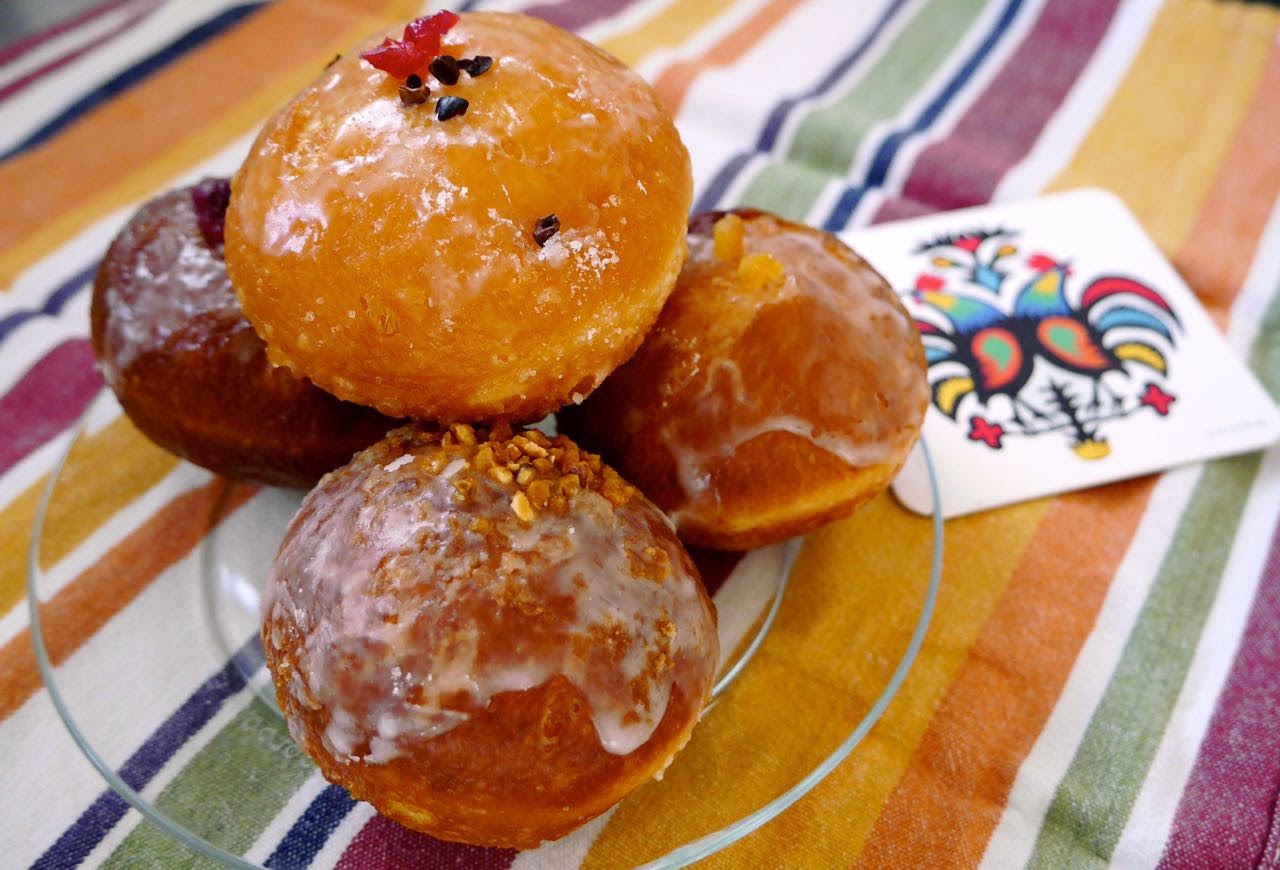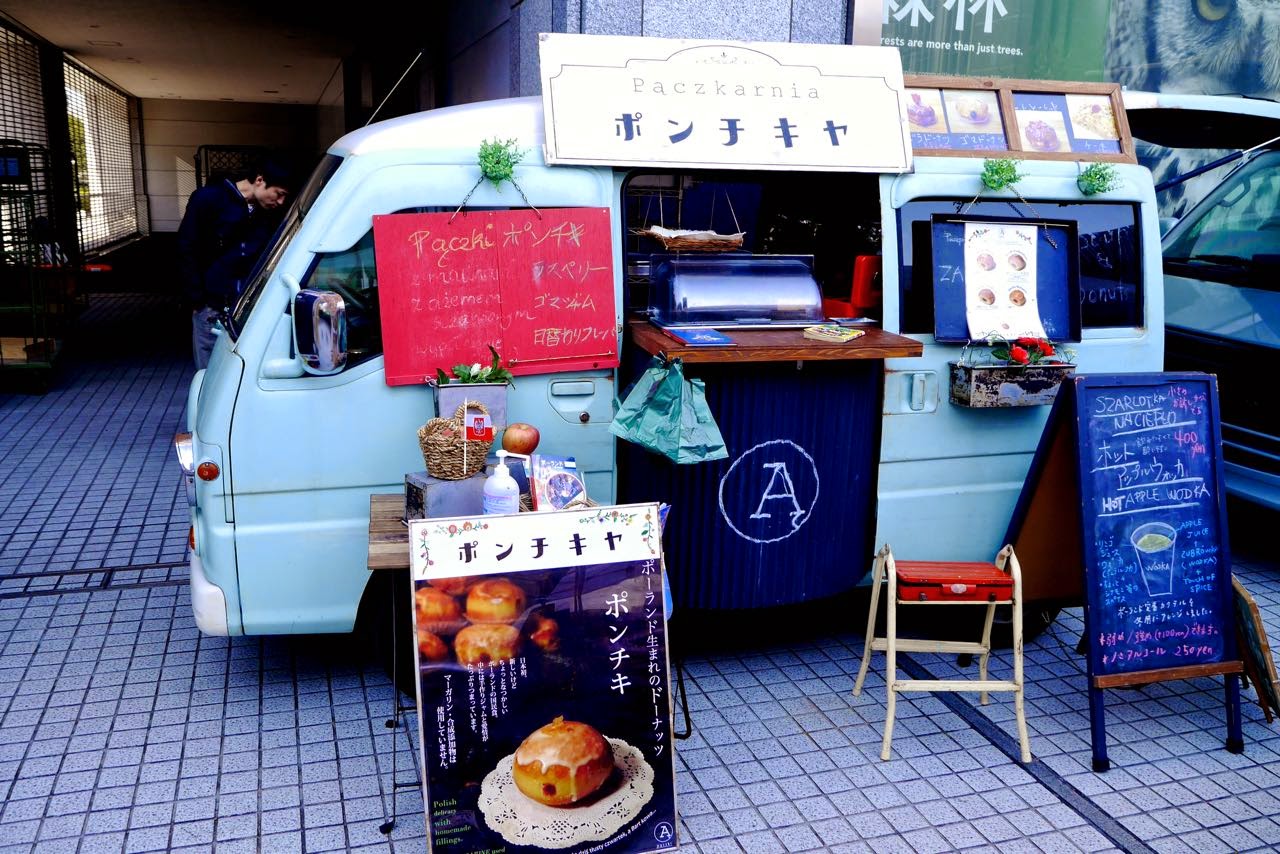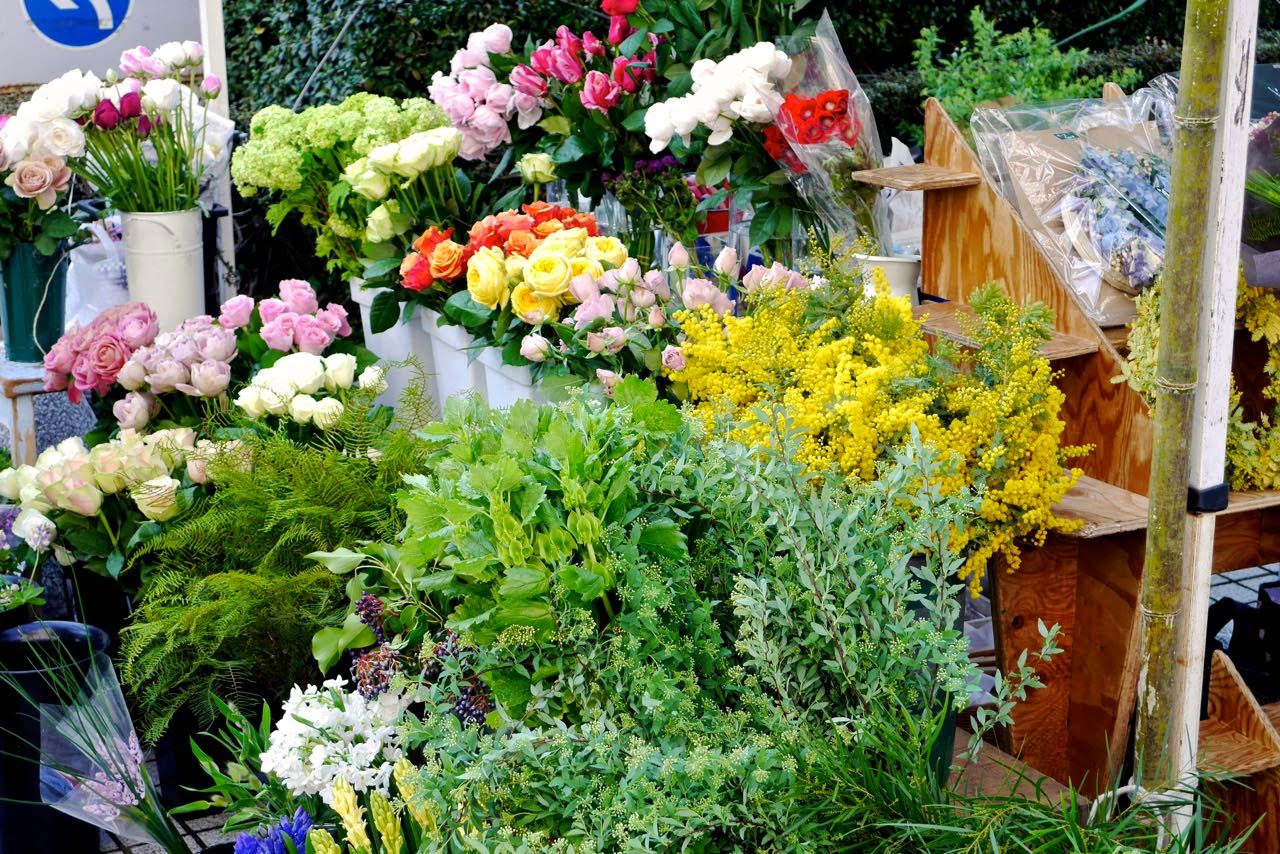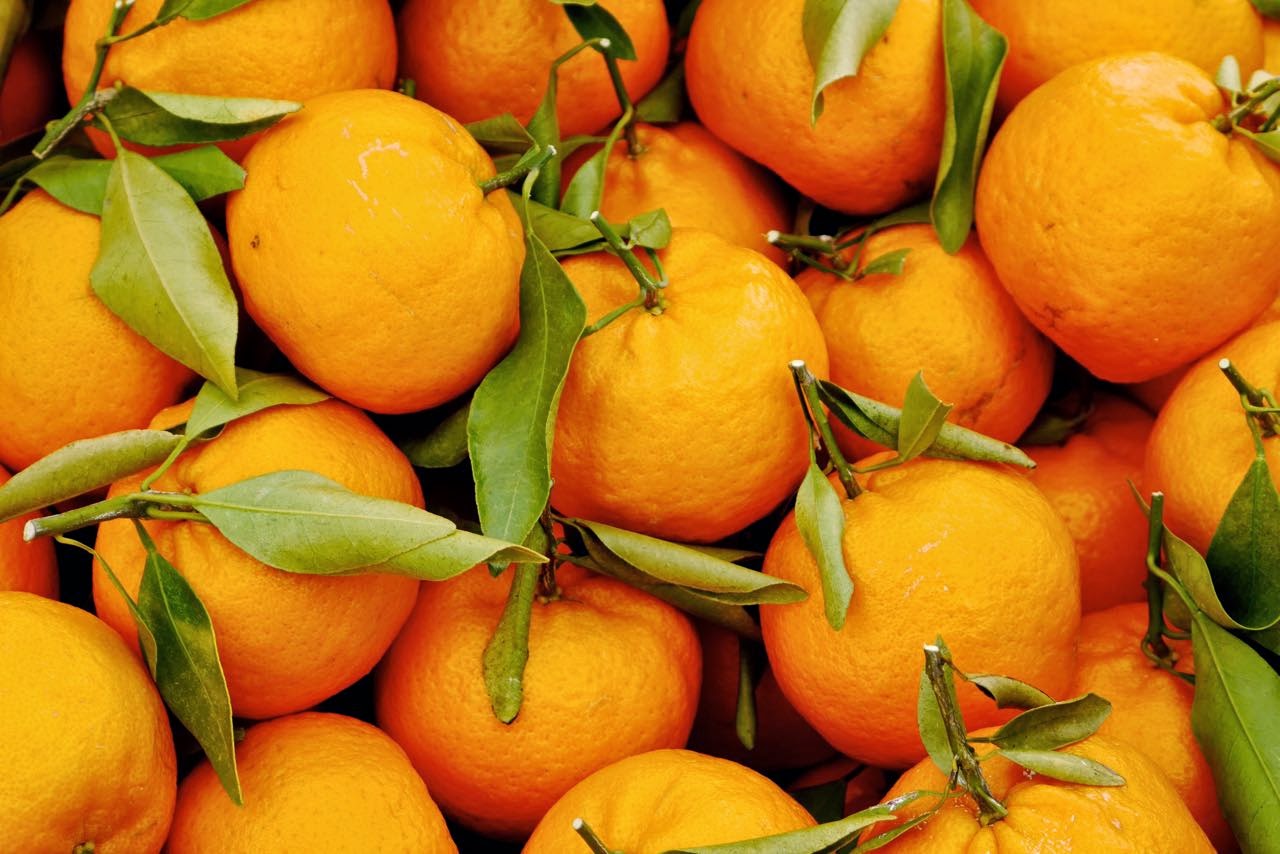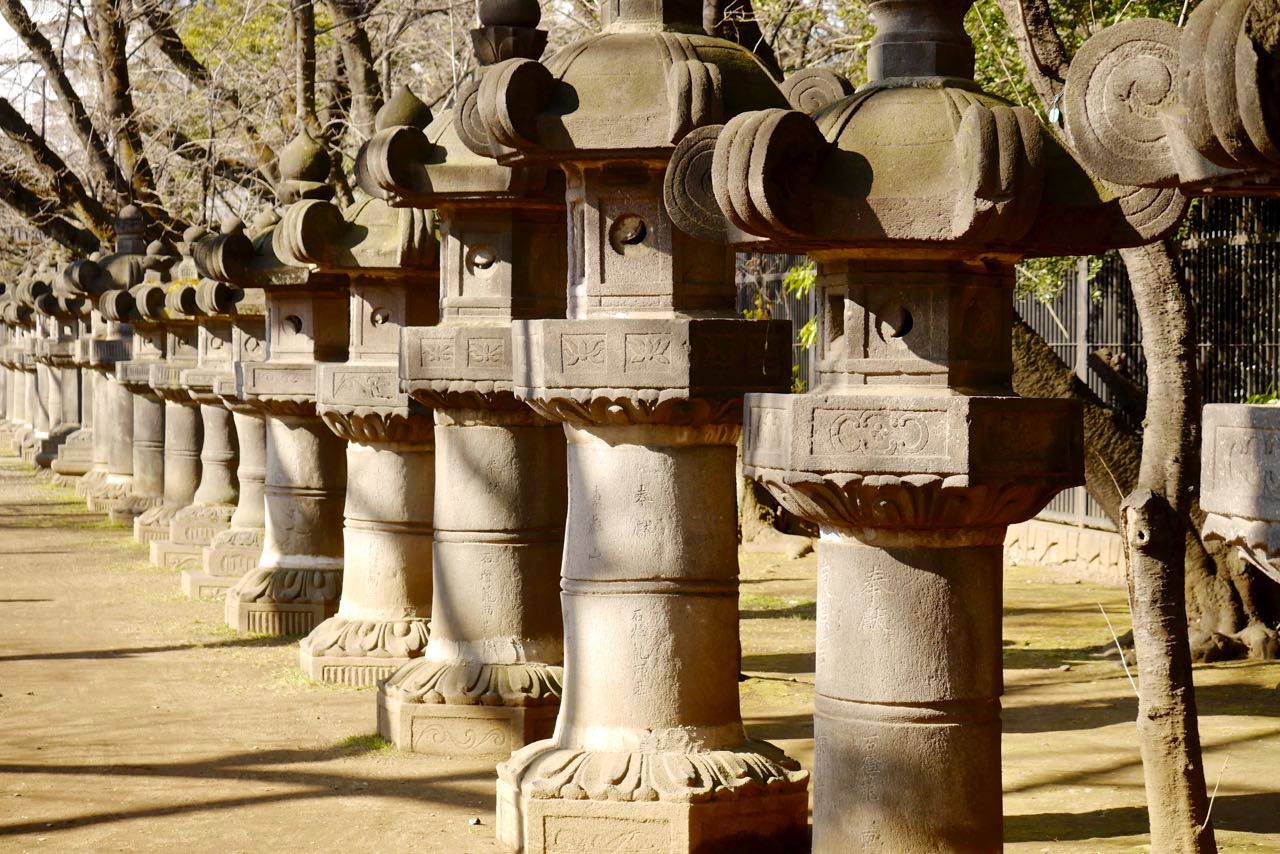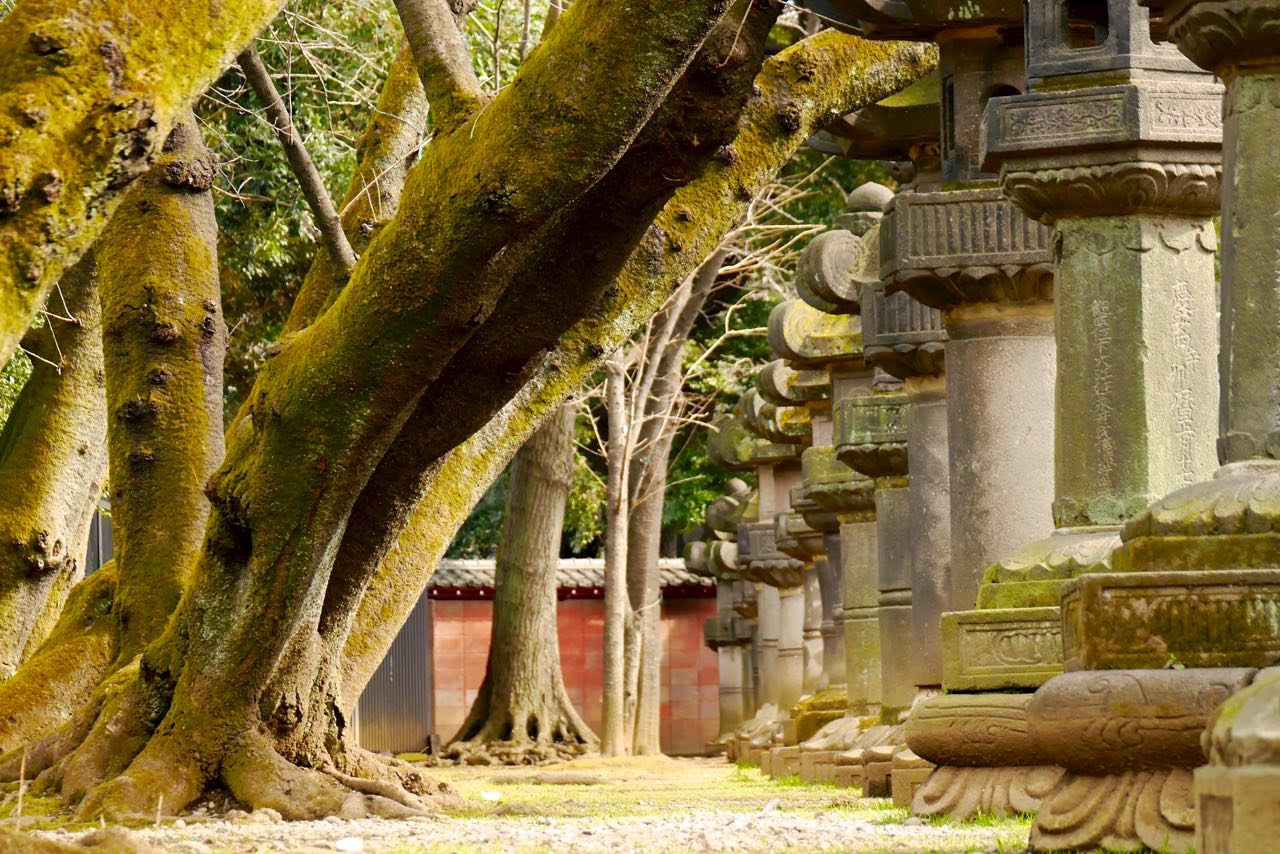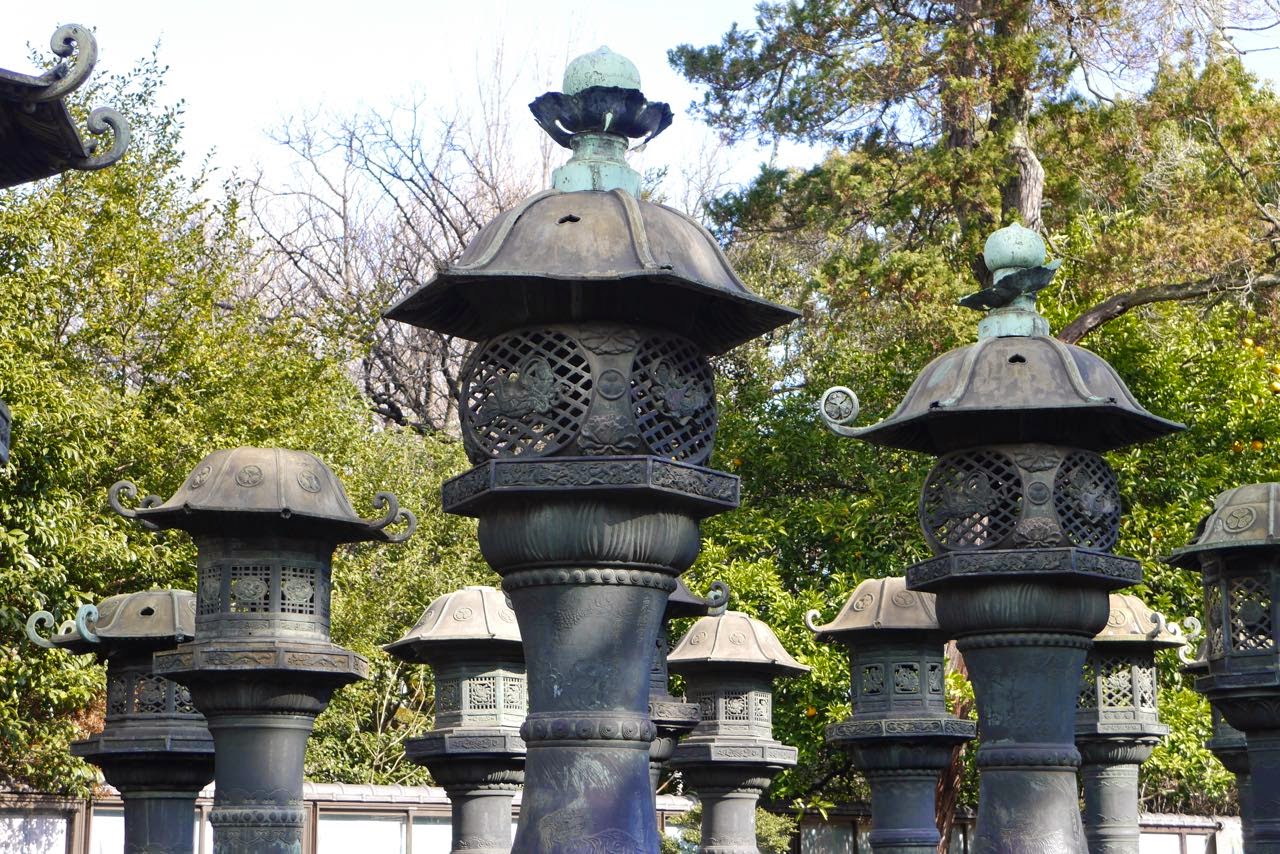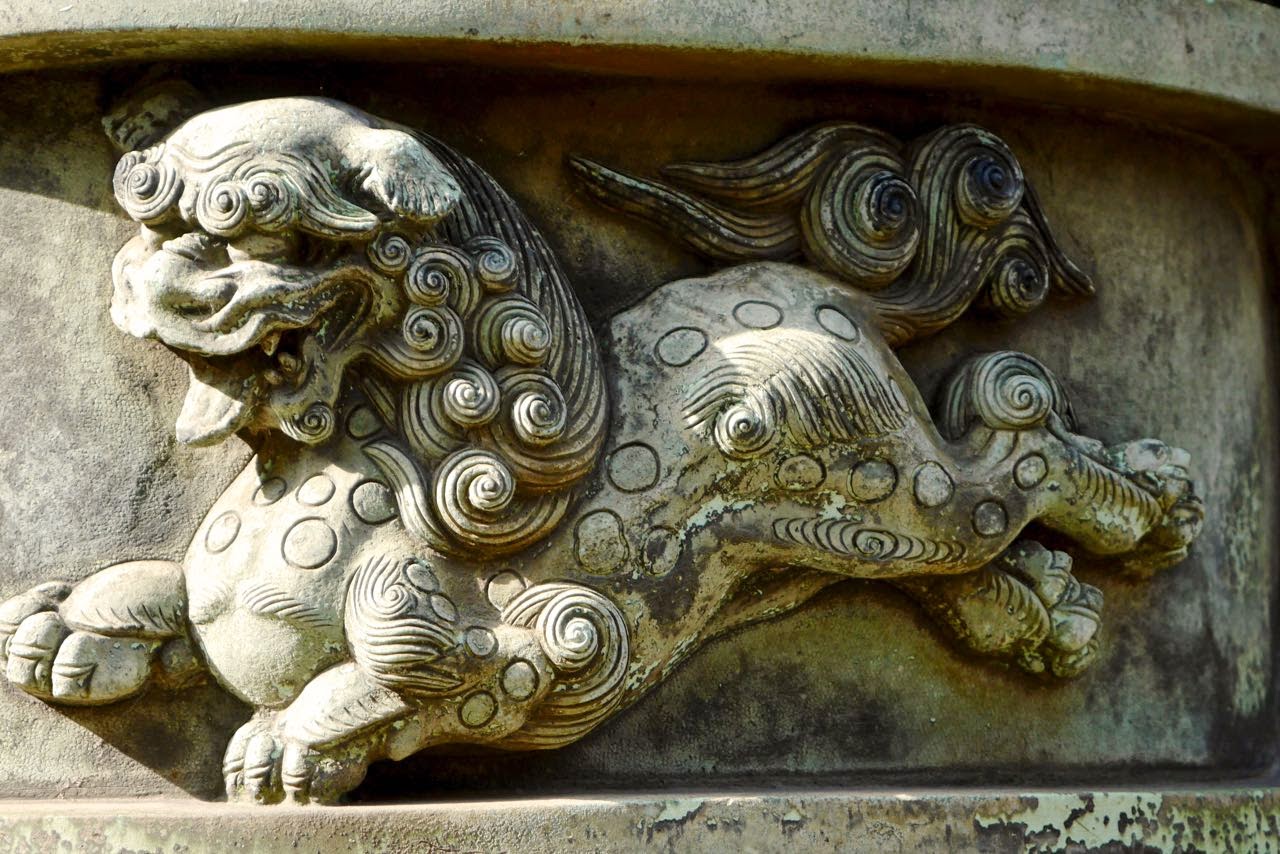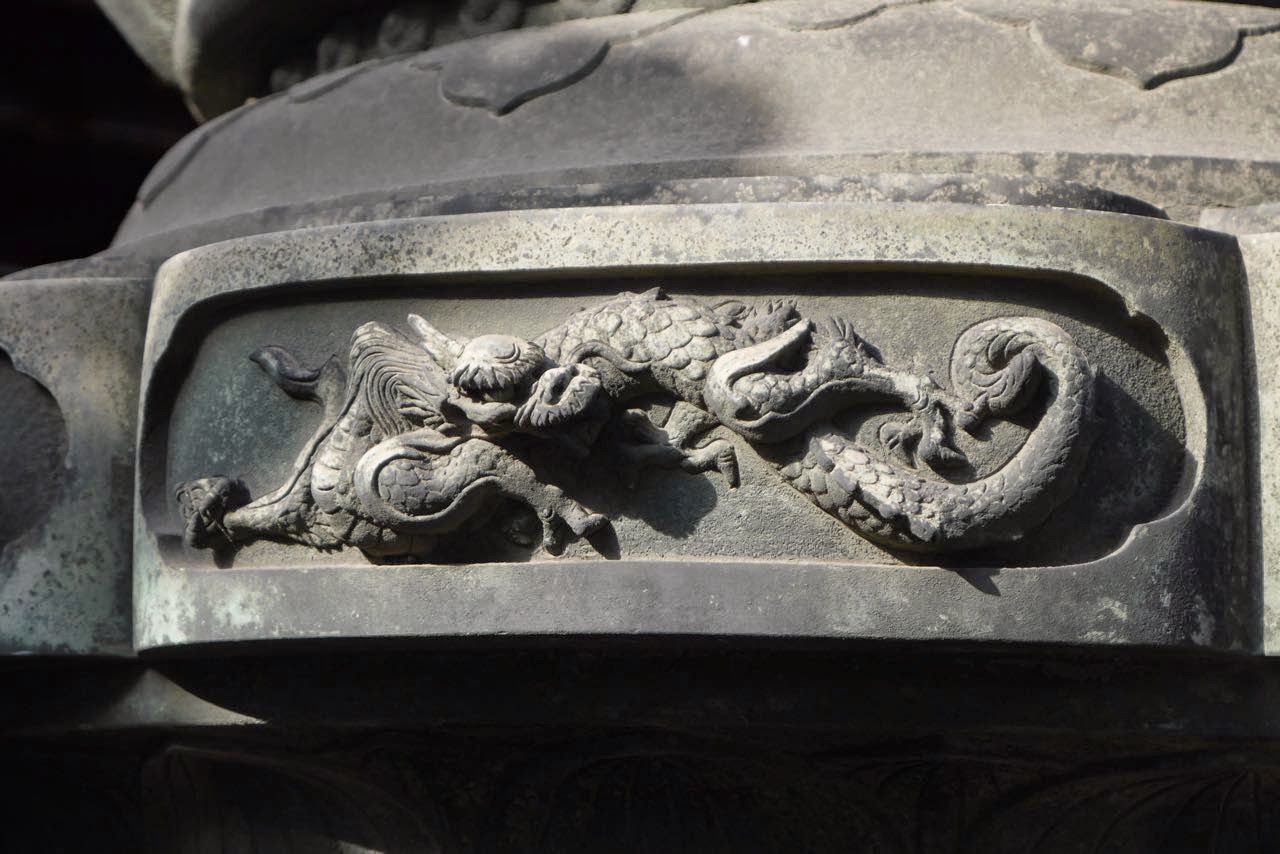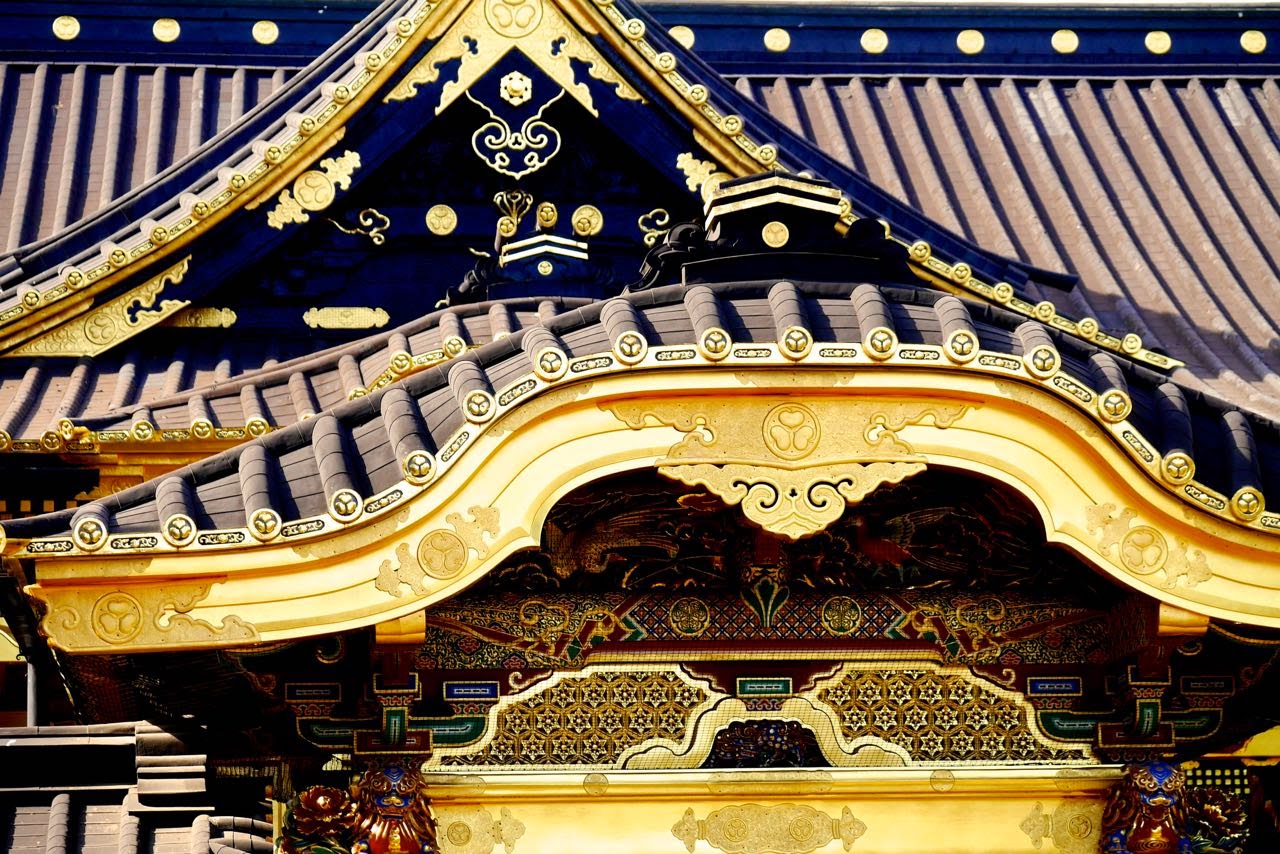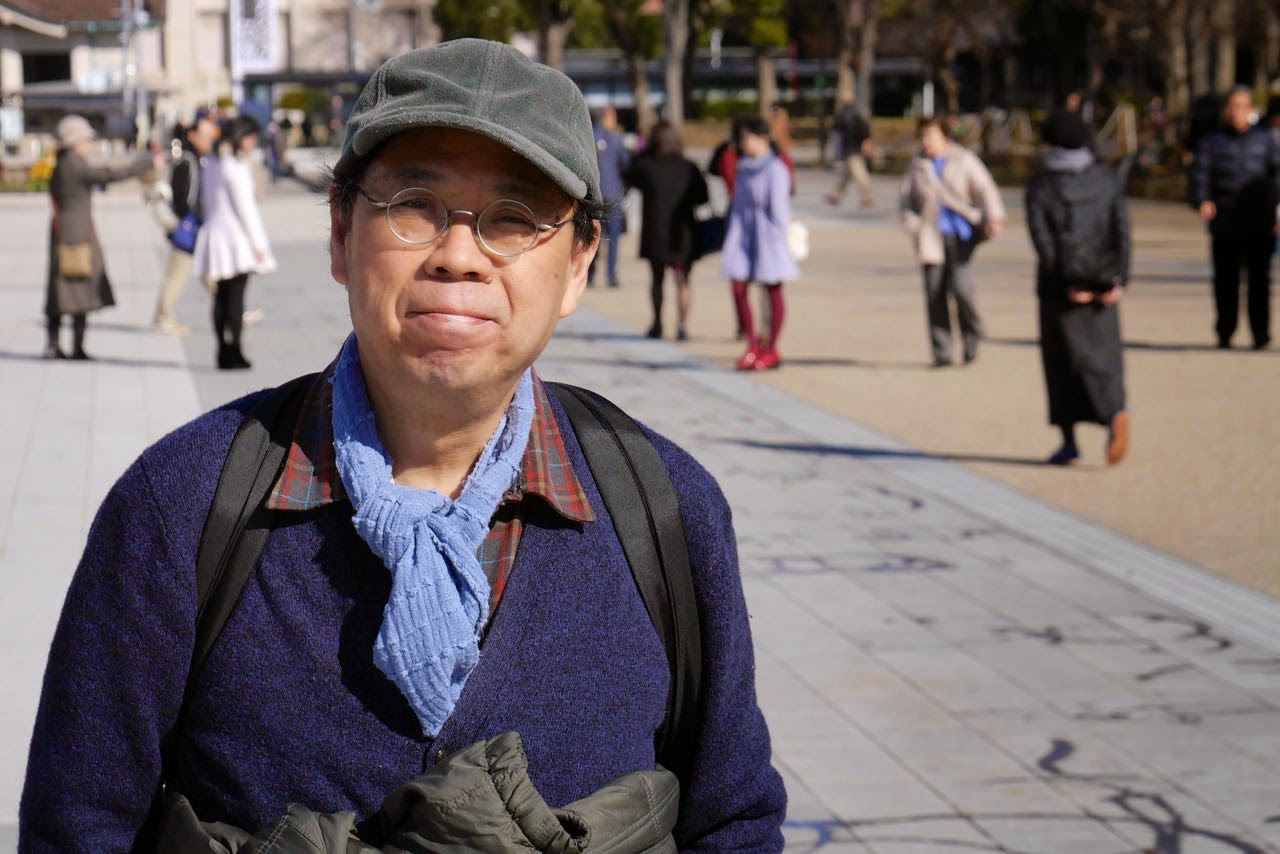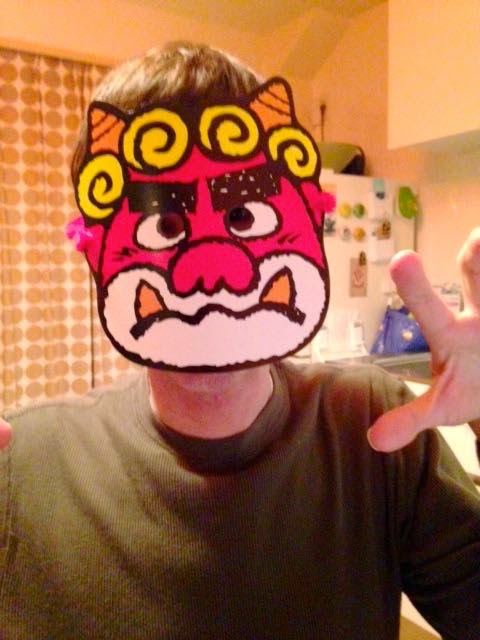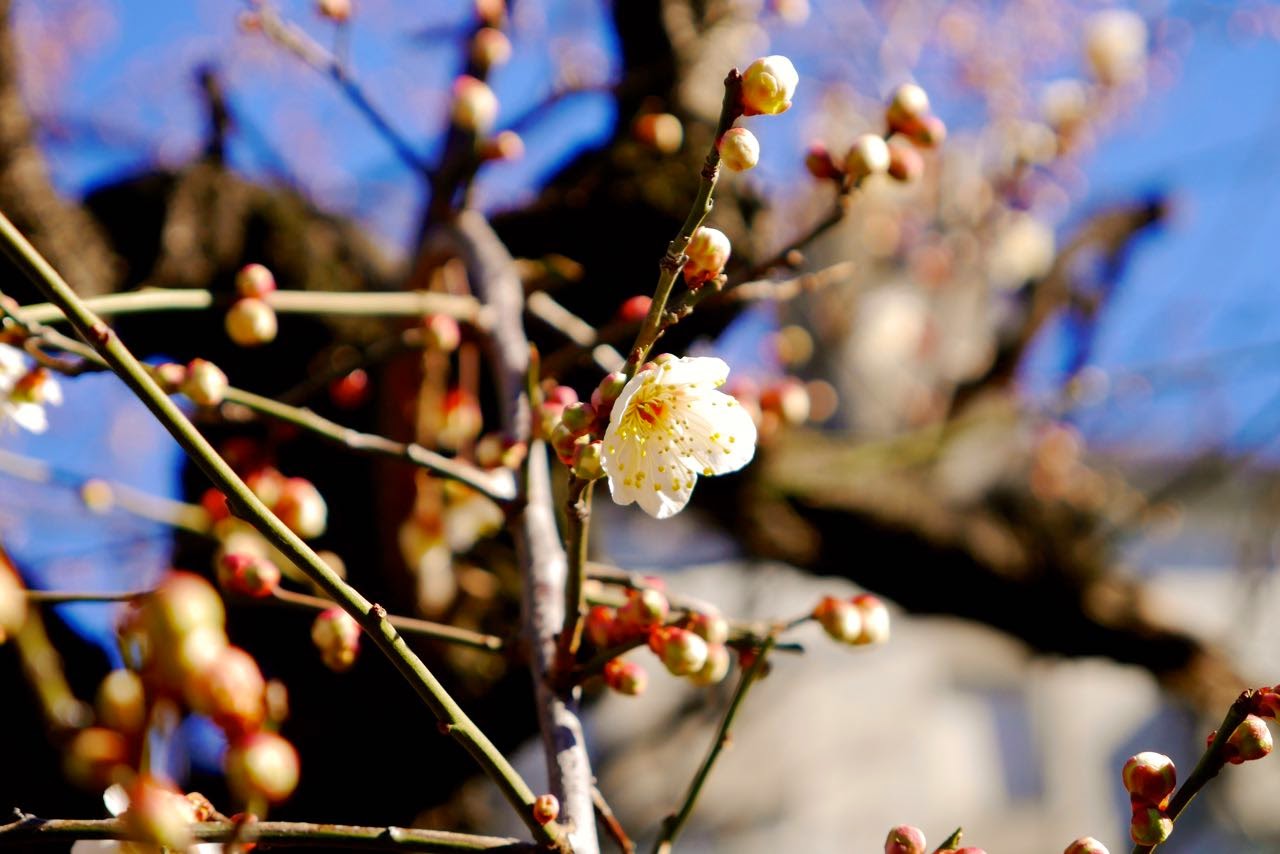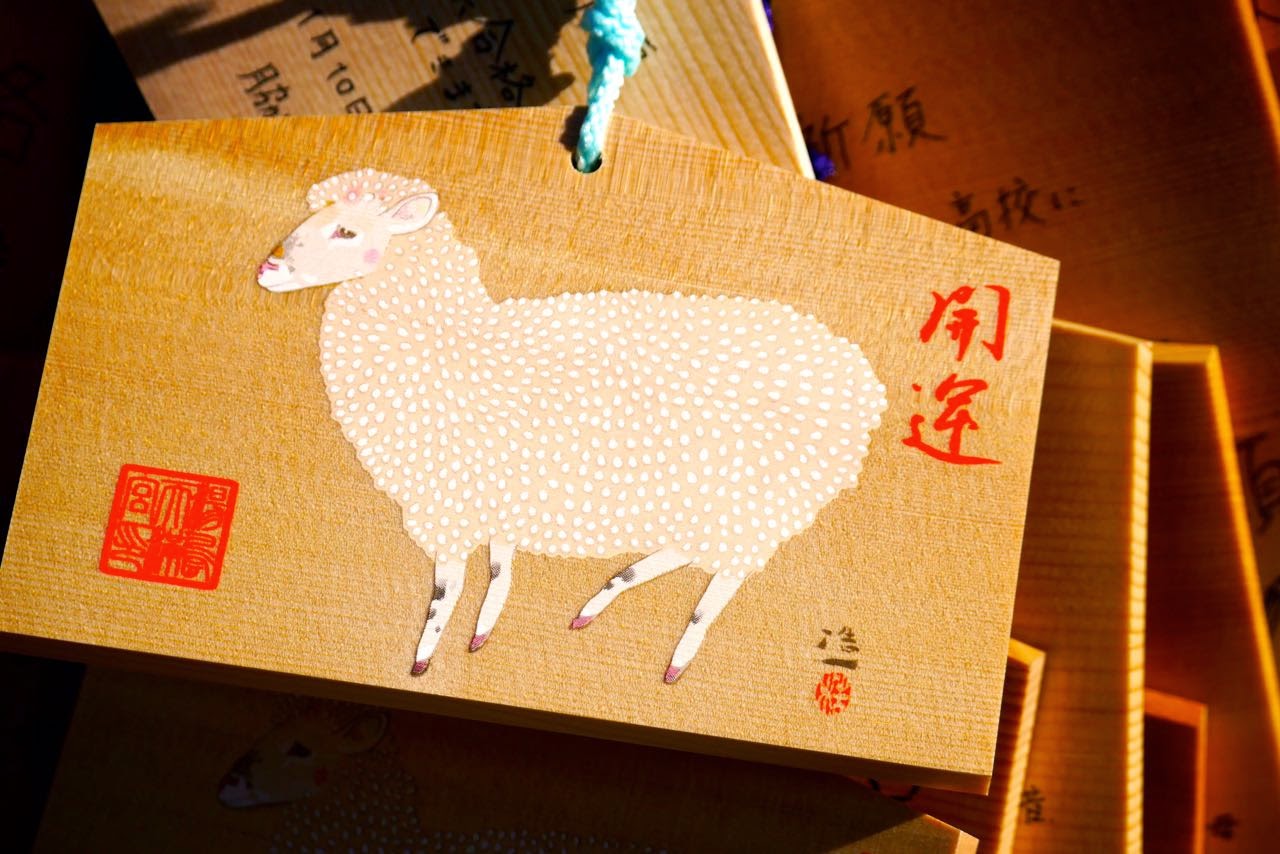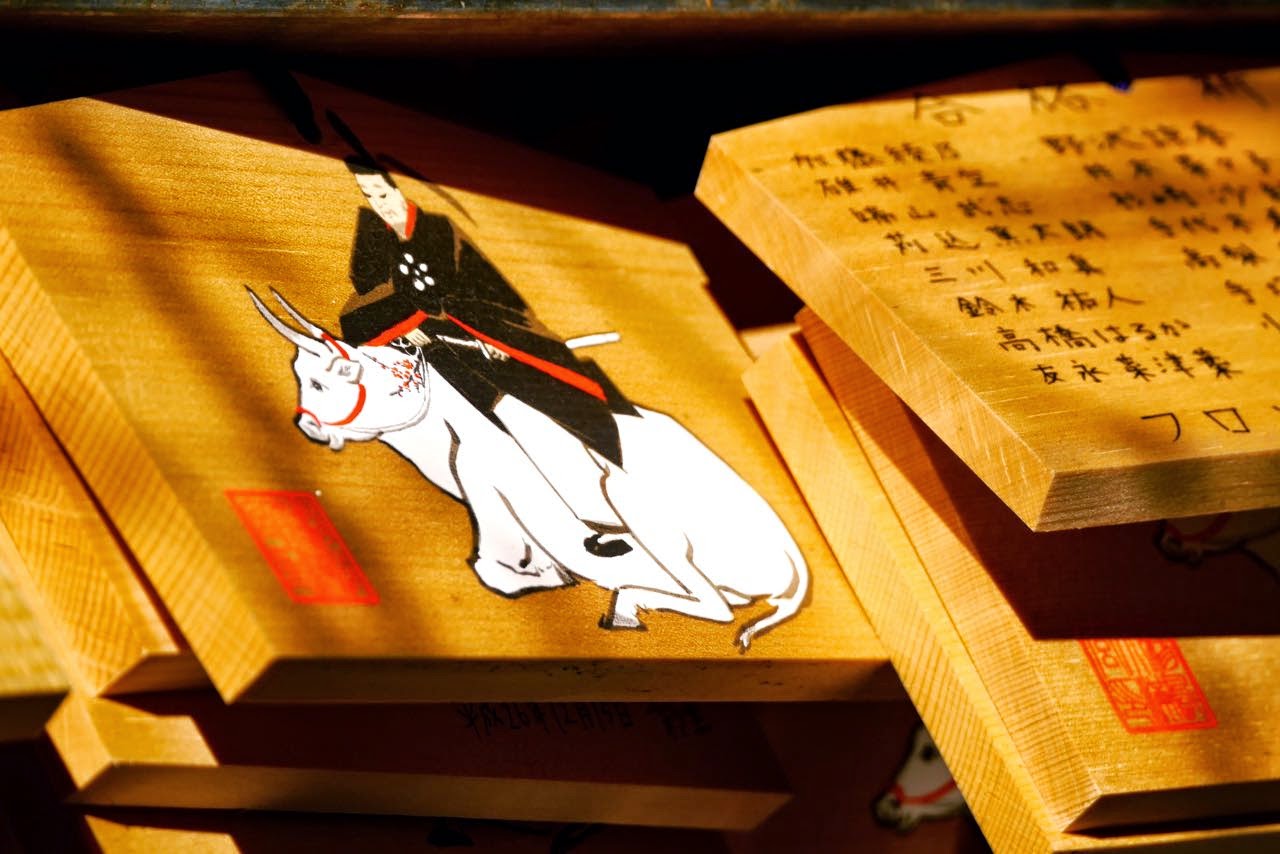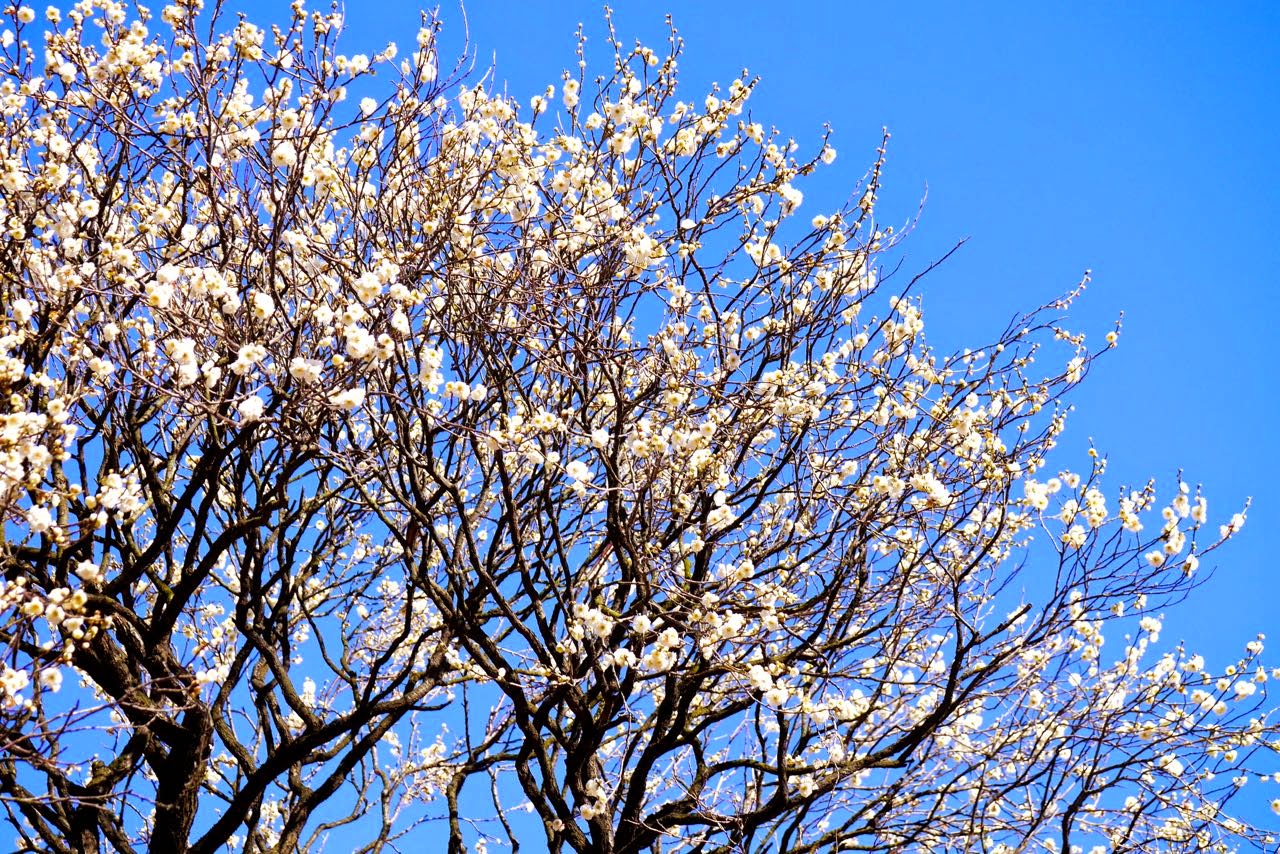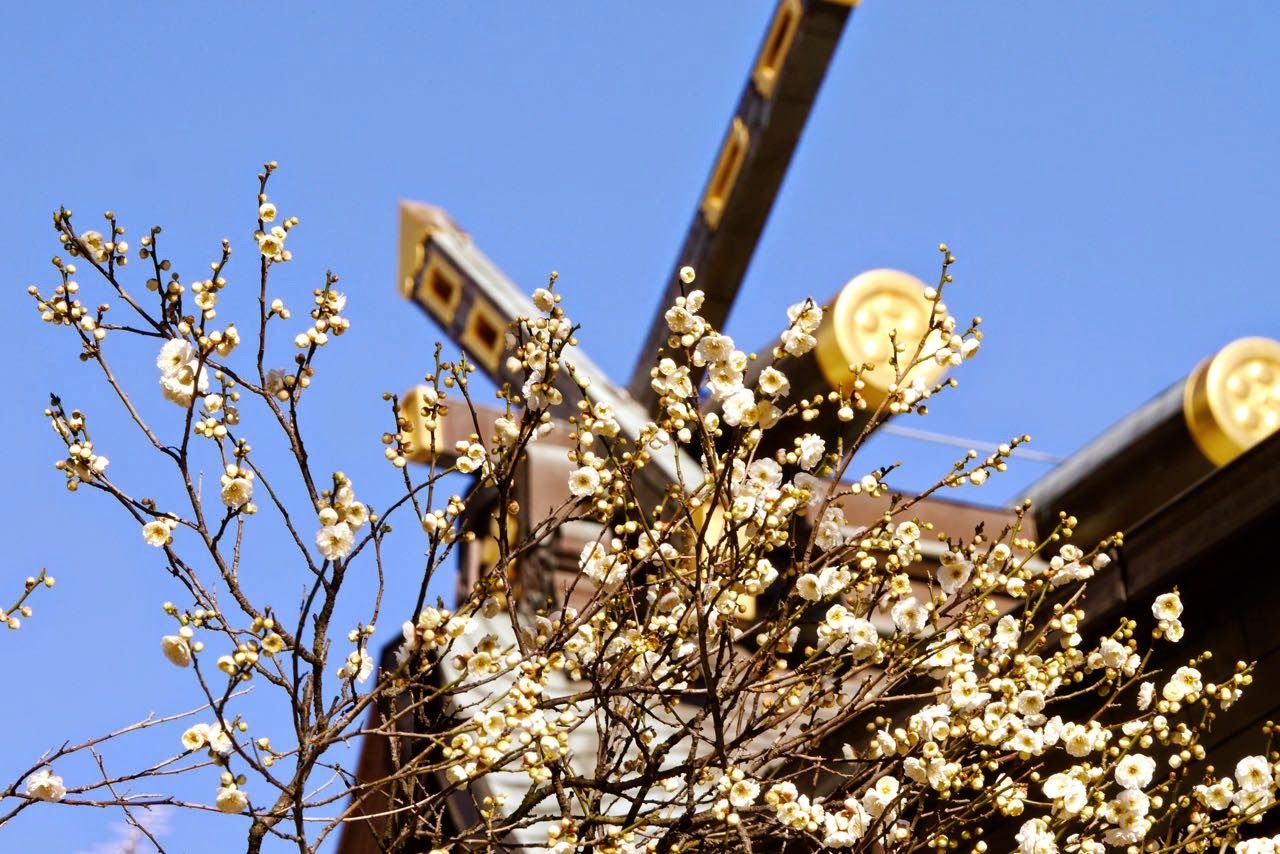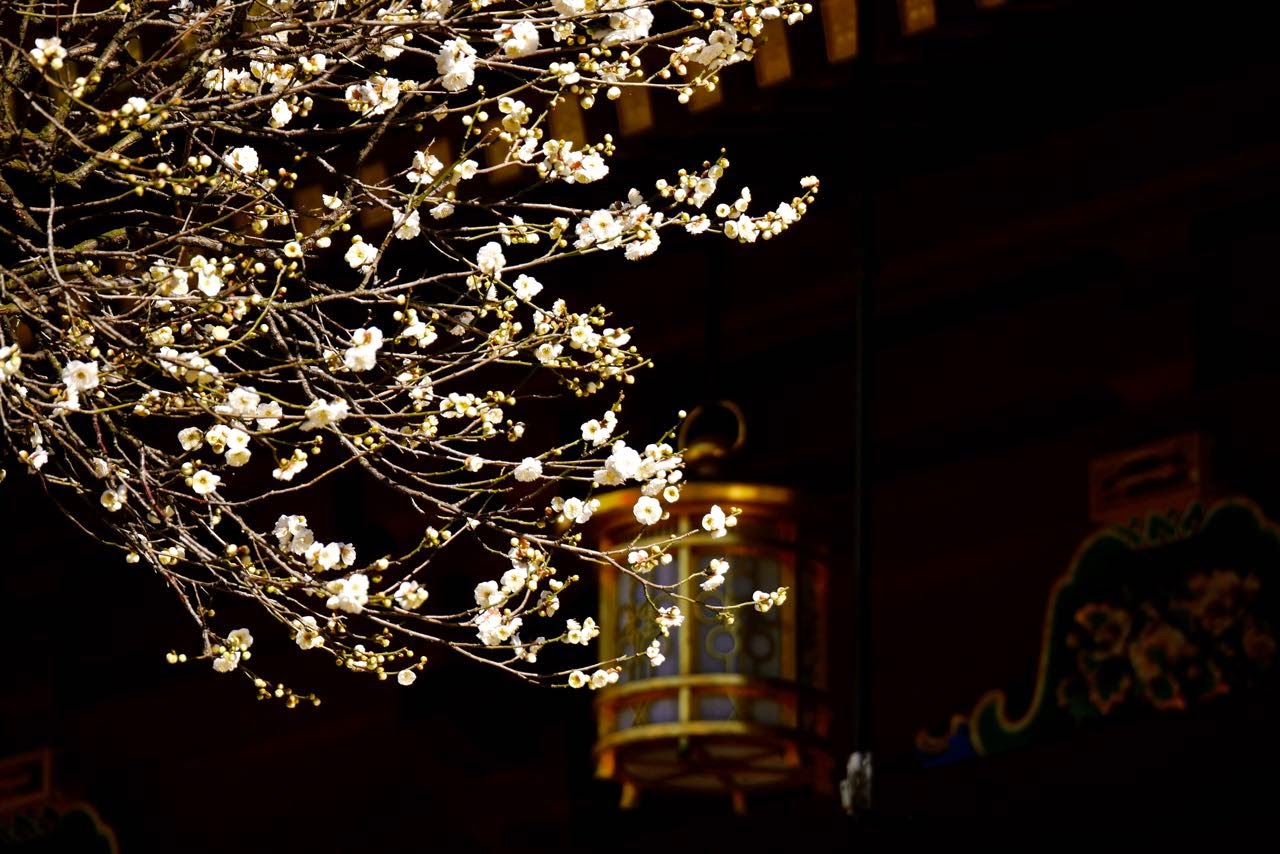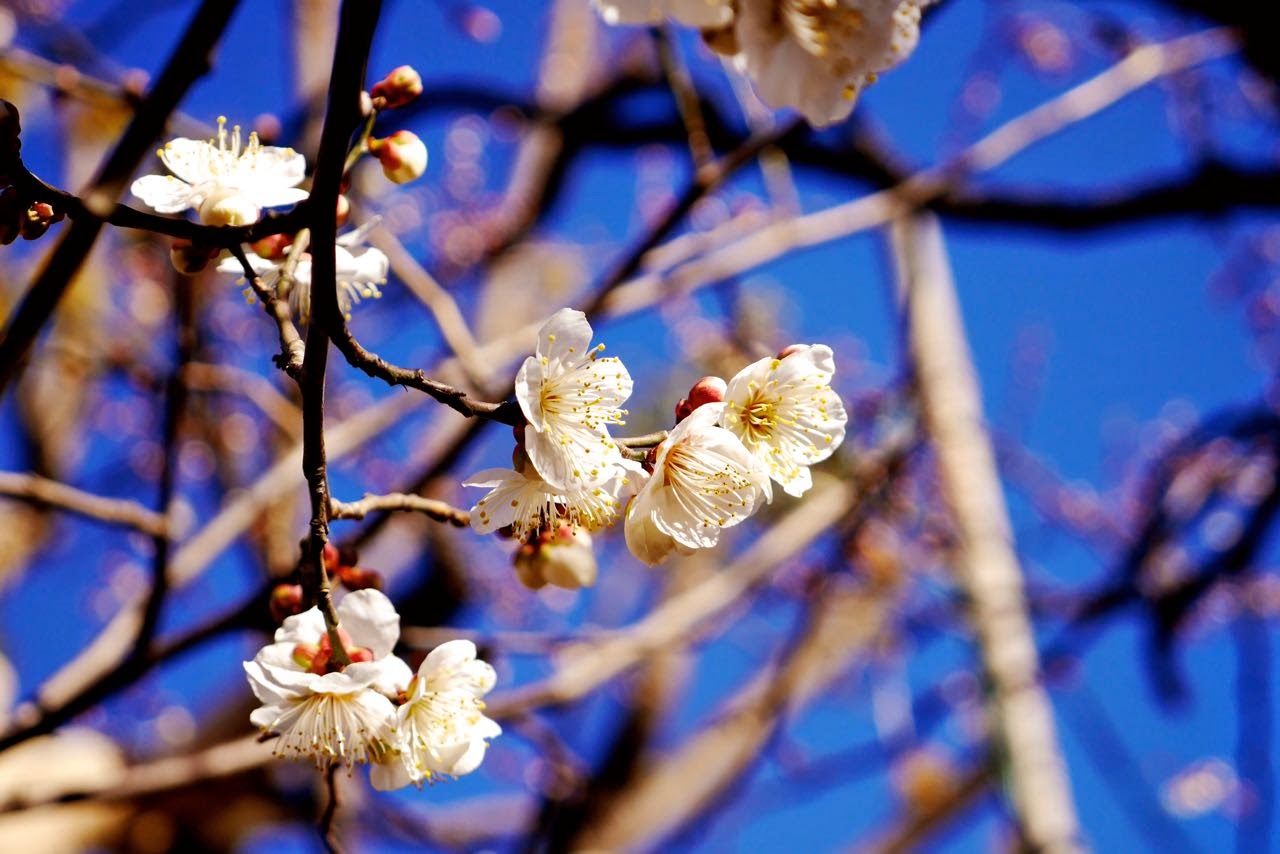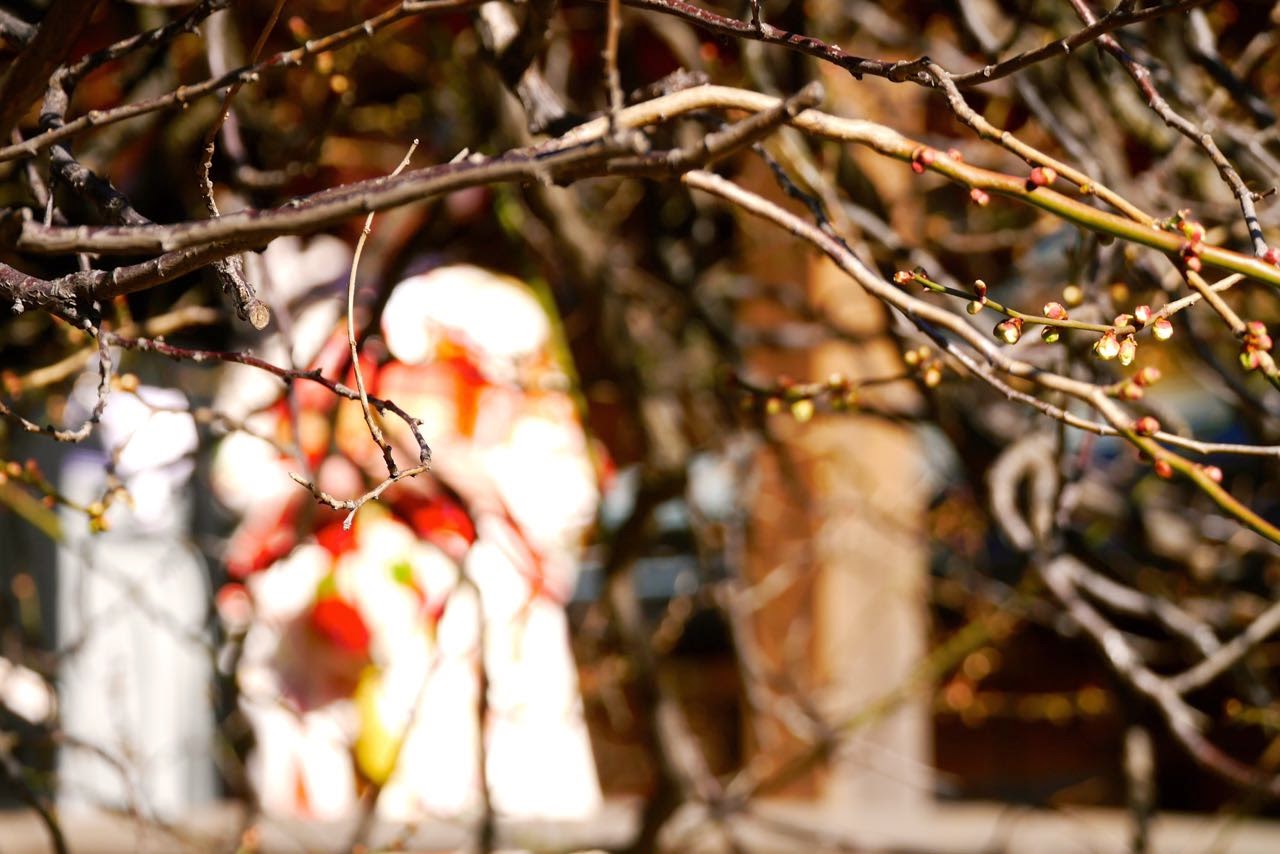 |
| photo courtesy of Miho |
The day after tomorrow is Fat Tuesday (a.k.a. Mardi Gras). Around this time of year, my Polish-American roots begin to scream out with a yearning to eat Pączki— those wonderful jam-filled polish doughnuts that make their rounds each year at this time, and have remained a favourite treat thoughout my life. Pączki happen to be one of those Western treats that are painfully rare in this part of the world, so needless to say, I was super excited to find a shop making them fresh this year! I couldn't miss this unusual opportunity, so I set out with my wife early this morning to go meet up with some friends at the Aoyama Farmers Market in the Shibuya area where, I learned, we could get our Pączki on!
These Pączki turned out to be of those items that are made to perfection with great care for authenticity. Somewhat sort of surprisingly (well no, not really all that surprising), these turned out to be some of the best I've ever eaten! What’s more is, these Pączki we're obviously fried in lard, which, in my opinion is the only way it should be done! There were five varieties available: rose, raspberry, prune, chocolate and sesame. Sesame, of course, is not a particularly traditional flavour, but I figure that since the more customary poppyseed jam is not available locally, this new flavor was born, which certainly agrees with the palates of locals.
After indulging in these wonderfully nostalgic delicacies, we hung out for a while to check out the rest of the farmers market. As farmers markets go, this is definitely one of the most gorgeous ones I have visited, even among those in America and Europe. The Aoyama Farmers Market was definitely a fun and very pleasant way to spend this chilly Sunday morning in Tokyo. I definitely recommend it!

